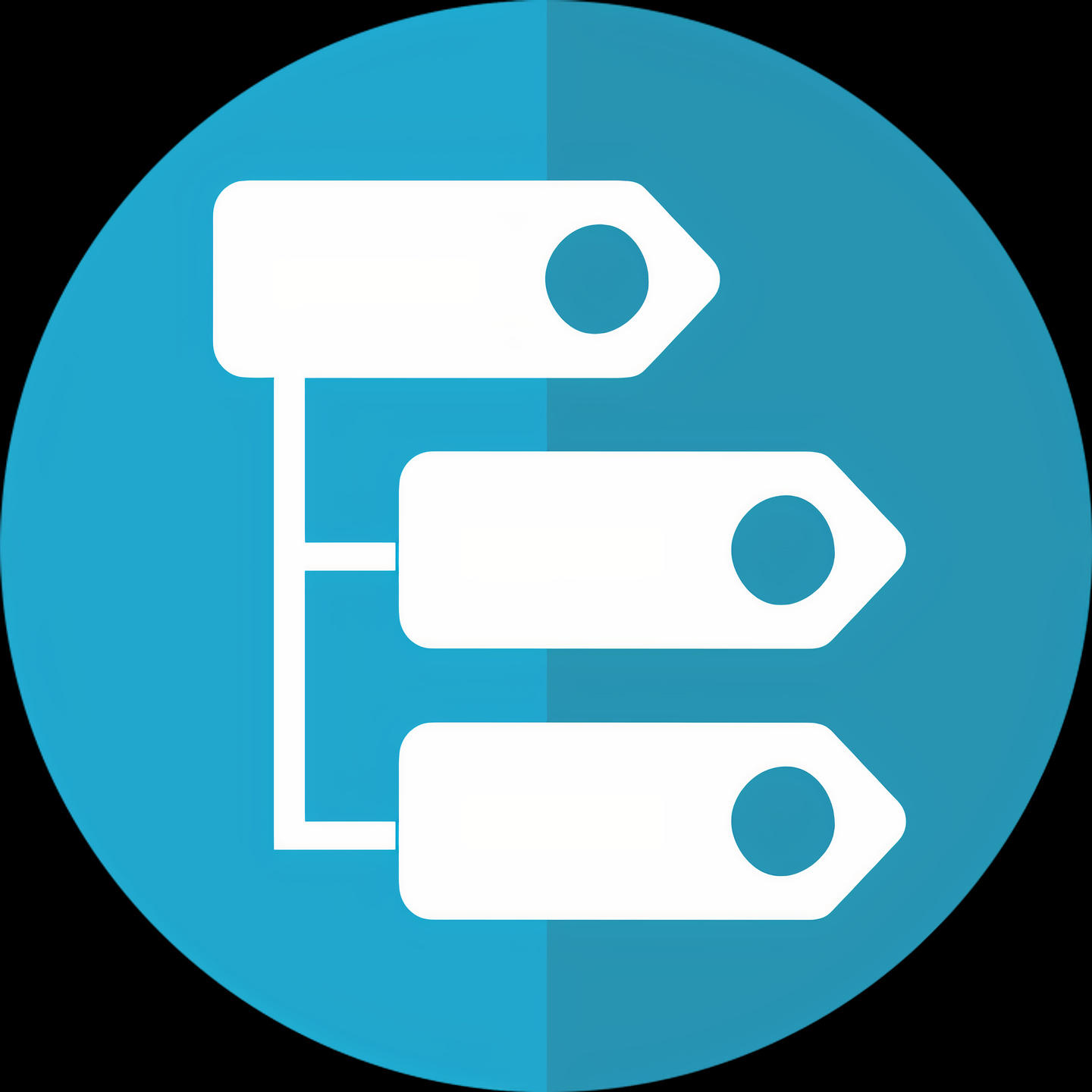Other forms of intellectual property
In addition to copyright, there are several forms of intellectual property protection that can be applied to other kinds of works. The most common are patents, industrial designs and trademarks.
Overview

Patents and industrial designs
Physical creations that are not artistic in nature (such as robotics components or distinctive kitchen tools) are usually not eligible for copyright protection. These works should be protected through patents and industrial designs.
What is a patent?
A patent is a legal protection that can be applied to both new technology (for example, a unique new robot design) and improvements to existing technological products or to processes (for example, a modified attachment for an existing robot).
To qualify for a patent, your invention must be new and unique, useful for those working in the field, and an improvement on existing technology. The Canadian Intellectual Property Office (CIPO) defines a patent as providing “a time-limited, legally protected, exclusive right to make, use and sell an invention.” Canadian patents last for 20 years from the date of issue. Patents apply only in the country and region where you were issued the patent.
For more information, see the Patents Research Guide and CIPO’s A guide to patents.
What is an industrial design?
An industrial design provides a product with a distinctive and unique appearance (such as a pattern engraved on the handle of a kitchen tool or a design for a car hood). Industrial design registration only protects the look of the product – it does not protect features like construction or materials used in creating it. Registering your industrial design grants you exclusive rights to the design for 10 years in Canada.
For more information, see CIPO’s A Guide to Industrial Designs.
Using patented content and industrial designs
While you can often use copyright-protected materials for educational purposes without permission, there are no such exceptions for patented materials or materials registered as industrial designs.
If you want to recreate, reproduce or otherwise use patented content and industrial designs, contact the owner of the patent or design for permission.
Copyright and patent or industrial design protection can overlap. For example, some blueprints and technical drawings might be protected by copyright, while the devices they describe are patented.

Trademarks
Corporations and businesses will often create images, songs, videos or phrases that describe or apply to their product or service. This ensures that their branding is unique and recognizable, and cannot be used for other competitive products or companies.
What is a trademark?
Trademark protection applies to any unique combination of words, numbers, letters, sounds or images used by a person or organization to distinguish its products or services from those of others. A trademark must be unique and distinctive, such as the golden “M” logo for McDonalds, or the phrase “Open Happiness” and accompanying jingle for Coca-Cola. There are restrictions on what can be registered as a trademark. For example, you generally cannot trademark:
- your first or last name (though there can be exceptions)
- a descriptive name or word that seems to describe the company, product, or service, but could be applied to others as well (such as the phrase “Orange Juice”)
- a vague or general name or word in another language that describes your product (such as “gelato” for ice cream)
- words, images or phrases that are already trademarked or are similar to trademarked items (these can be viewed in the Canadian Trademarks Database)
In Canada, trademarks are registered initially for 15 years, and can be renewed every 15 years after that. Canadian trademarks do not need to be marked with the R or TM symbols, though these may need to be applied to some international trademarks. For more information, see CIPO’s A guide to trademarks.
Unregistered trademarks
Occasionally, brand owners will choose not to register their trademarks. However, unregistered trademarks can still be protected by law if the brand owner has built up a reputation using them. If you can’t find registry information for a well-known trademark, try contacting the brand owner to ask for permission.
Using trademarks
Check the brand owner’s website for any restrictions or conditions relating to the use of its brands. For example, some owners may state that the R or TM symbols must be included or that the material must not be modified in any way.
Although the Canadian Trade-marks Act generally allows registered trademarks to be used for non-commercial purposes, including education, many brands (trademarks or otherwise) are also protected by copyright.
A logo or a jingle could be protected by copyright as an artistic or musical work, and also protected as a trademark by the company that uses it. For information on using copyright-protected materials, see What is copyright?